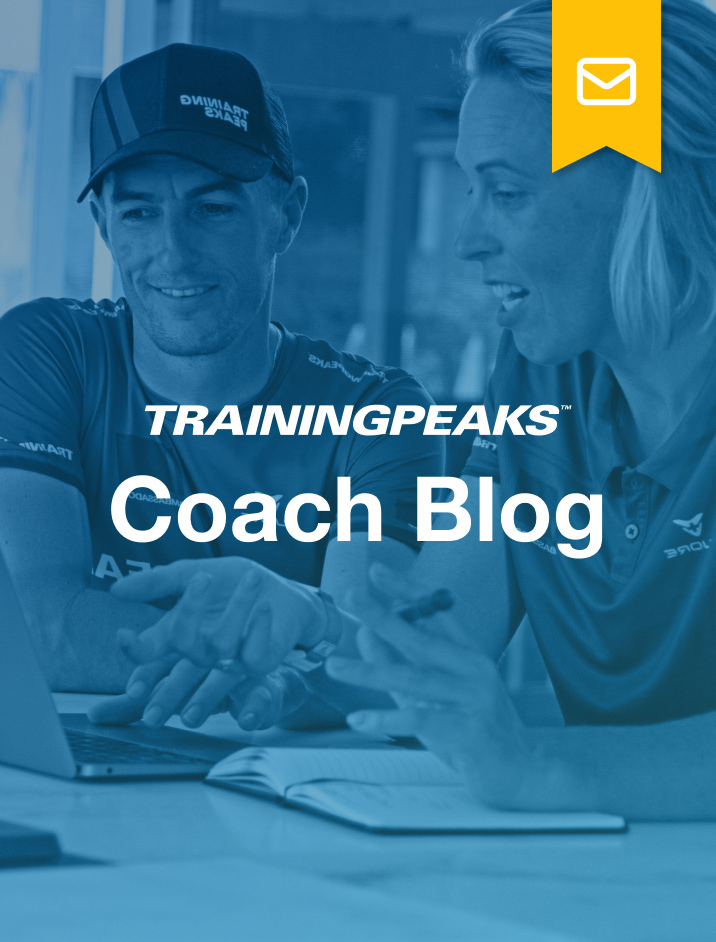Tony Kanaan is a force to be reckoned with. Not only has he dedicated his life to Indycar racing for the past 23 years, but he is also a triathlete with an insatiable dedication to his training.
From pulling massive TSS weeks to carving out triathlon racing time during a 17-week car racing season, there is no doubt that Tony is addicted to competition and driving to greatness. Listen as Dirk dives deep with Tony to discuss motivation, time management and what the future holds for this athletic all-arounder.
Stand-out Quotes
- “You have to train if you want to be a race car driver. Otherwise, what’s going to happen there is, you’re driving the car, you start getting tired, you start worrying about what’s cramping, what’s hurting and then one little mistake at 240 miles an hour, can cost you quite a bit. And you’re surrounded by walls, so there is no room for mistakes.”
- “I’ll give you an example, in the 70.3 that I was doing, [there were] very few transition areas on the bike. And out of the two of them, I was going too fast and I couldn’t grab a bottle …And I was just fine. And some people would struggle with that. You know? So those are the things that sometimes are beneficial to me because I’m used to going three hours, drinking probably 17 ounces of water.”
- “Santiago yells at me all the time because I train quite a bit more than I should, but we definitely track the TSS. Like I’ll give you an example, on an average week my TSS will be 900…. it’s three times a day, pretty intense. We try to keep [it] under a thousand and he yells at me because the last week the plan was 745 and I did 925.”
- “[For] people that don’t know me, if it’s not recorded on TrainingPeaks, and I don’t have a power meter, I’m not going for a ride because the ride didn’t happen.”
- “I’m like, ‘Well, I’m going to keep going and just feel good today.’ And I hammered on the bike and I remember coming into transition when I unclipped, when I went to do the little movement to swing your foot to unclip, I cramped right away… the entire half marathon. There was not one time that I didn’t feel the impact.”




